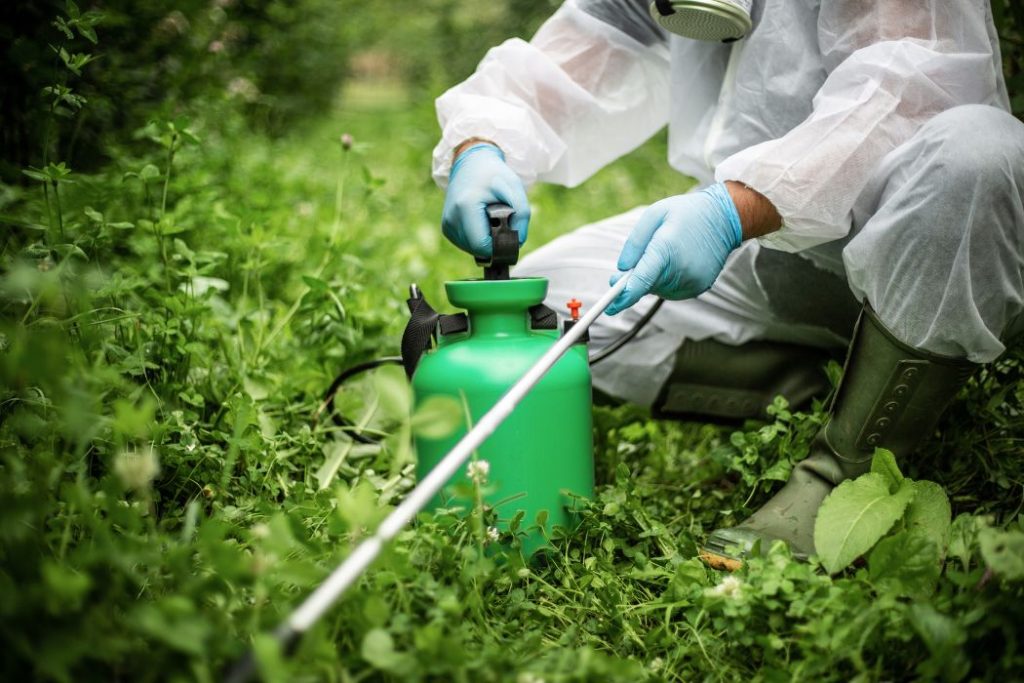Determining the compatibility or incompatibility of these materials is a critical task for operators to undertake before embarking on any mixing endeavor. Fortunately, valuable information on mixing compatibility can often be found on the labels of the pesticides and fertilizers themselves, courtesy of the manufacturers.
Factors Affecting Compatibility
Incompatibility issues can manifest both physically and chemically. Physical incompatibility occurs when materials don’t mix well, or they require additional substances like adjuvants for proper blending. Adding certain substances, such as nitrogen fertilizers in the form of urea and ammonium, can affect the mixture’s pH and lead to incompatibility. Similarly, phosphorus-containing fertilizers in the form of phosphoric acid or phosphate can alter the mixture’s pH, resulting in incompatibility.
Chemical incompatibility, on the other hand, arises when substances seem to mix fine but perform poorly, reducing effectiveness or even causing harm. For example, the use of adjuvants can increase the penetration of pesticides, potentially leading to leaf burns and plant toxicity.
Performing a Compatibility Test
Many pesticide and fertilizer labels provide guidance on mixing, but when in doubt or when using products together for the first time, a compatibility test should be conducted. This test is best carried out in a glass jar to avoid any potential harm to the sprayer tank and to ensure clarity during the process.
Here’s how to conduct a compatibility test:
- Read Labels: Before starting, thoroughly read the labels of all products you intend to mix in the jar, following their instructions.
- Prepare the Water: Fill two jars halfway with water. The quality of water used for testing or spraying is crucial.
- Shake Products: Ensure all pesticides and liquid fertilizers are well-shaken before adding them to the jar.
- Add Ingredients Carefully: Add ingredients in a specific order, such as water hardness reducers, pH regulators, water-soluble packets, wettable powders, adjuvants, and more. Stir the mixture after adding each product.
- Wait and Observe: After adding all the products, wait 15 to 30 minutes, and carefully inspect the mixture. Signs of incompatibility include sedimentation, layering, sludge-like formations, crystal production, or excessive foaming.

A positive compatibility test suggests that the materials can be safely mixed. However, it’s advisable to test the mixture on a small area of plants before widespread use to avoid any adverse effects. If there are no signs of toxicity after three days, the mixture is deemed both physically and chemically compatible and can be used on a larger scale.
Remember that any prepared mixture should be used on the same day to prevent issues like sedimentation or phase separation over time, rendering the mixture unusable.
Ensuring compatibility in tank mixing is essential to maintain both the effectiveness of agricultural treatments and the well-being of crops and equipment. By following these steps and staying informed through product labels, operators can make informed decisions and optimize their farming practices.

